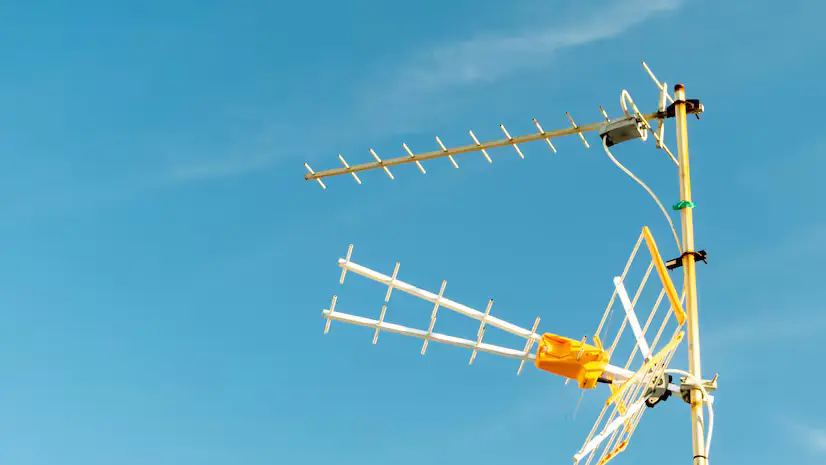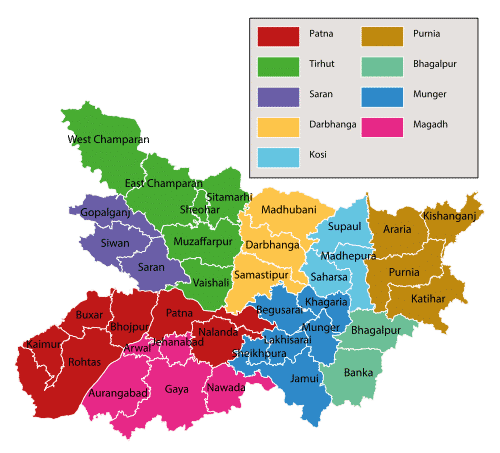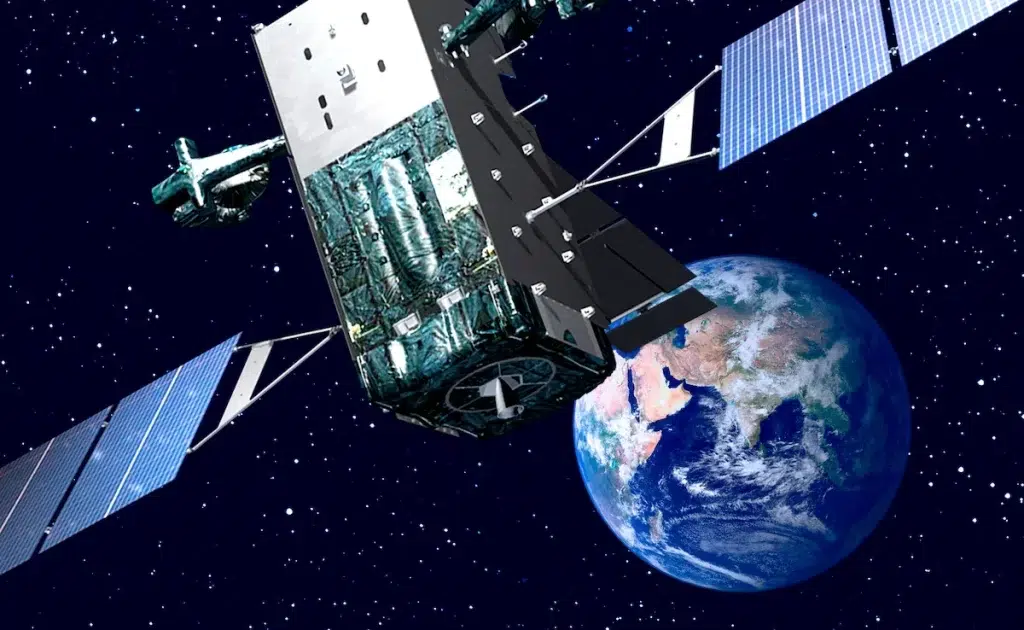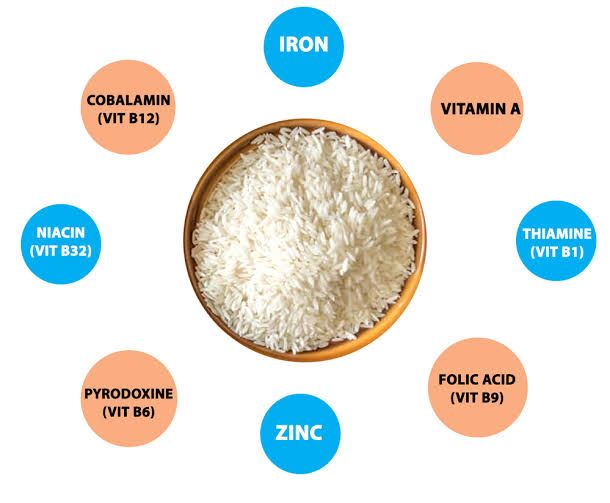India’s ‘Deep Ocean Mission’
India will soon launch an ambitious ‘Deep Ocean Mission’ that envisages exploration of minerals, energy and marine diversity of the underwater world, a vast part of which still remains unexplored.
- The mission, which is expected to cost over ₹4,000 crore, will give a boost to efforts to explore India’s vast Exclusive Economic Zone and Continental Shelf.
- One of the main aspects of the mission will be design, development and demonstration of human submersibles. Another aspect is exploring the possibility of deep sea mining and developing necessary technologies.
- The mission is strategically significant as it will enhance India’s presence in the Indian Ocean where other players like China, Korea and Germany are active.
- India has been ear-marked nearly 1.5 lakh square kilometres of area in the central Indian Ocean for exploration
- The mission will also involve procurement of more advanced deep sea vessels for explorations. The existing vessel Sagar Kanya is nearly three-and-half decades old
- Recently, China live-streamed footage of its new manned submersible parked at the bottom of the Mariana Trench. This was part of its mission into the deepest underwater valley on the planet.
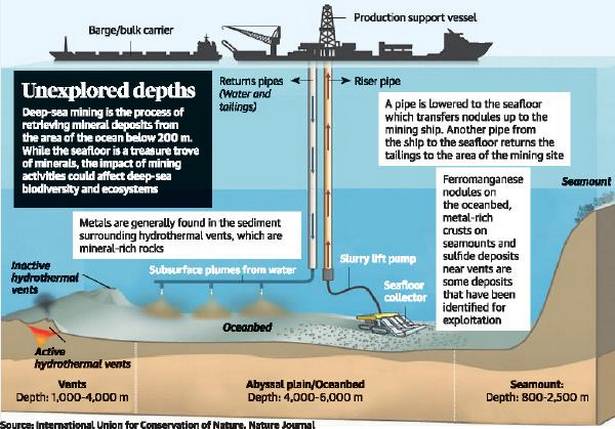
Stakeholders in ‘Deep Ocean Mission’
- Ministry of Earth Sciences (MoES)
- Defence Research and Development Organisation
- Department of Biotechnology
- Indian Space Research Organisation (ISRO)
- Council for Scientific and Industrial Research (CSIR)
India and ISA: ‘Deep Ocean Mission’
- The ISA is an intergovernmental body based in Kingston, Jamaica, set up under the Convention on Law of the Sea to which India is a Party.
- In September 2016, India signed a 15-year contract with the International Seabed Authority (ISA) for exploration of Poly-Metallic Sulphides (PMS) in the Indian Ocean.
- The ISA earlier approved 10,000 sq. km for India with a 15-year PMS exploration plan along the Central Indian Ridge (CIR) and Southwest Indian Ridge (SWIR) region of the Indian Ocean.
Poly-Metallic Sulphides (PMS): ‘Deep Ocean Mission’
Poly-Metallic Sulphides (PMS), which contain iron, copper, zinc, silver, gold, platinum in variable constitutions, are precipitates of hot fluids from upwelling hot magma from deep interior of the oceanic crust, discharged through mineralized chimneys.
Also refer :
- Download the pdf of Important MCQs From the History Of Ancient India
- List Of Important Inscriptions In India
- Geography Study Materials : click here.
- प्राचीन भारतीय इतिहास के 50 महत्वपूर्ण प्रश्न
- मानचित्र आधारित प्रमुख MCQs
- Important MCQs Based On World Physical Features
- Top 50 Science MCQs For Competitive Exams

